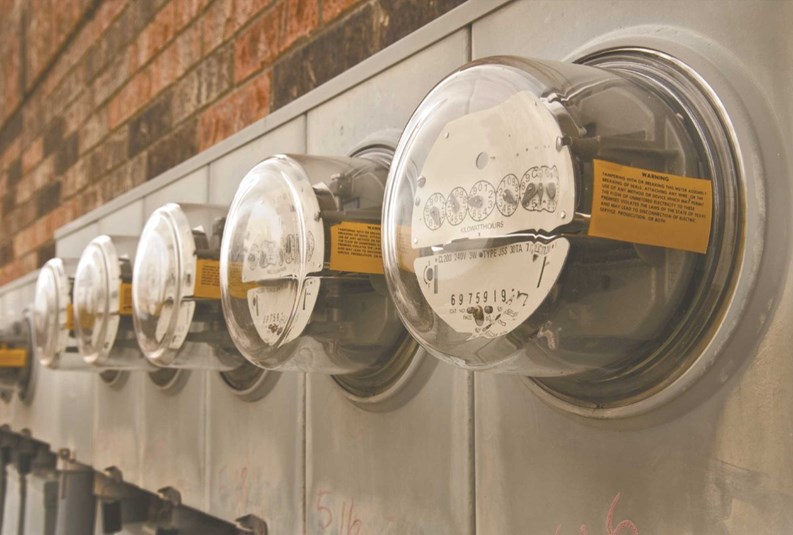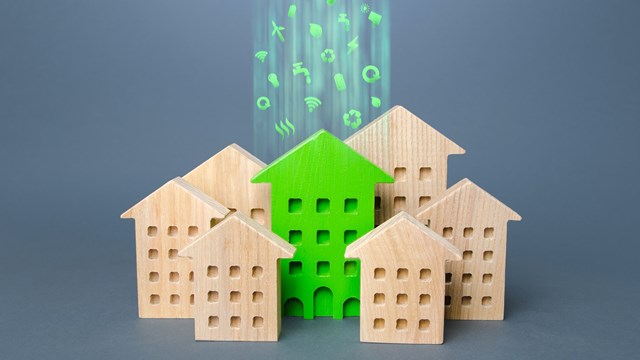Recent studies of energy usage in multifamily buildings have revealed that the least efficient buildings use up to seven times the energy of the most efficient—even when those buildings are otherwise similar.
It should surprise few readers to hear that a large number of buildings waste significant amounts of energy. In these days of high-profile environmental initiatives by Hollywood stars, mainstream hybrid cars and “green” lifestyle television programming, environmental awareness is at an all-time high.
While the widespread acknowledgment that there is a problem marks an important shift in the environmental debate, our tendency to assume that everything from the past was wrong may also lead us to favor new technology before we examine how our old approaches were wrong.
Filling the Gaps
In his September 2006 column 7 to 1 Solution, energy consultant and GreenHomeNYC board member Andy Padian detailed a number of energy usage studies in multifamily buildings he conducted for the New York City-based energy consultancy Steven Winter Associates (SWA). Several studies over a 10-year period revealed staggering differences in the energy usage among similar buildings.
Utilizing technology and making upgrades to existing infrastructure may offer significant efficiency gains. SWA’s most striking observation, though, is not simply how badly the worst buildings performed relative to the best. It is how little building management understands about how their buildings are performing—even when that performance is better than average.
These gaps in understanding arise, in large part, from the methods most building managers employ to track energy usage. When energy consultants like SWA request building energy usage information, management will typically produce an annual budget number that includes gas, oil, electricity, water, sewer, and any other common area costs in the aggregate. This aggregate dollar value is then divided by the number of apartments or rooms to get a per apartment or room cost.
This approach obscures energy usage in two ways. First, the costs of heating and cooling rise with square footage, but an aggregate calculation does not take into account the size of the units. A prewar building with 10 2,000-square-foot apartments could show the same energy usage as a building with 10 matchbook-sized studios, even if their energy usage per square-foot was anything but similar. Moreover, a similar problem arises when one tries to compare units within the same building. Armed only with the aggregate usage of the entire building, it is impossible to determine which units are using more energy and which are using less.
Second, because the costs are aggregated, it is impossible to determine how much of each type of energy a building is using. A building with little electricity usage in common areas may use more oil for heat than a building with a large common area electricity bill, but the data that building managers typically deliver would not reveal this difference. Without figuring out exactly what a building is spending its energy dollar on, one can’t figure out how to improve its efficiency.
This should be troubling to all of us. It is exceedingly likely that a building that does not have an accurate measure of the type and amount of its energy usage is ignoring potential gains in energy efficiency. This inefficiency affects more than just the residents of the building, contributing not only to higher energy prices but also to a host of environmental problems—including global warming and decreased air quality.
These lessons are particularly relevant to residential cooperative owners, who typically pay for energy usage through common charges per share. Shares are allocated based not only on square footage, which might roughly track energy usage, but also qualitative factors that represent the value of the underlying unit, which are much less likely to reflect the unit’s contribution to the building’s energy usage. This structure does not encourage efficiency and may even encourage energy inefficiency as the costs of increased consumption are spread across all of the shares.
Possible Solutions
What is to be done about this information/efficiency gap? The first step is pretty simple. Start keeping useful data on building performance. At the very least, demand that your building managers keep track of energy per-square-foot. Better yet, get them to break down your bill according to the type of energy used. Armed with that data, you will be able to gain a much greater understanding of where your energy dollars are going.
There are also significant tax incentives offered to buildings that sub-meter or otherwise improve their energy monitoring. J-51 eligible buildings are able to apply the appropriate cost of installing submeters towards J-51 tax abatements and exemptions.
Finally, building owners and managers should have energy audits performed by NYSERDA’s recently revamped program to encourage energy efficiency, the Multifamily Performance Program.
Cooperative owners should not have to go it alone. New York has a little-known, but sometimes used, Truth in Heating law. The law requires that sellers deliver two years of back energy bills to purchasers so, theoretically, purchasers “may more accurately calculate or estimate future energy costs and the need for energy conservation measures.” Extending the Truth in Heating law requirements to annual operating expense reports might extend the same opportunity to existing co-op owners.
Aaron Yowell is a founding director at GreenHomeNYC, a New York City-based non-profit organization that encourages environmentally sustainable construction. He currently works as a law clerk for Simpson Thacher & Bartlett in the Real Estate Group.










Leave a Comment